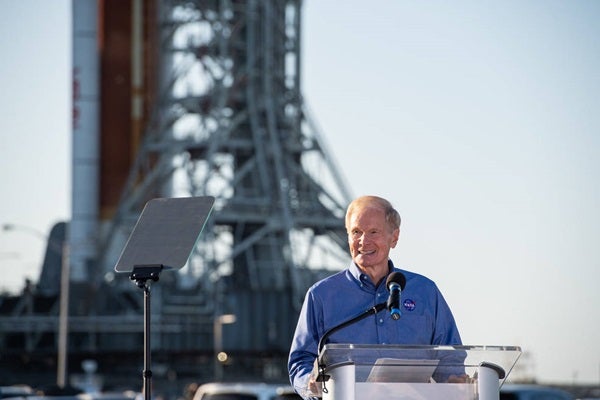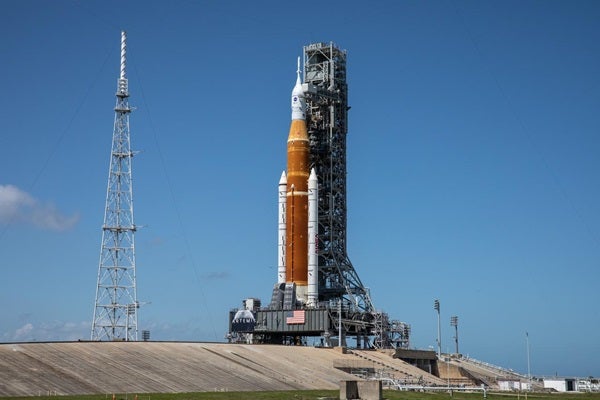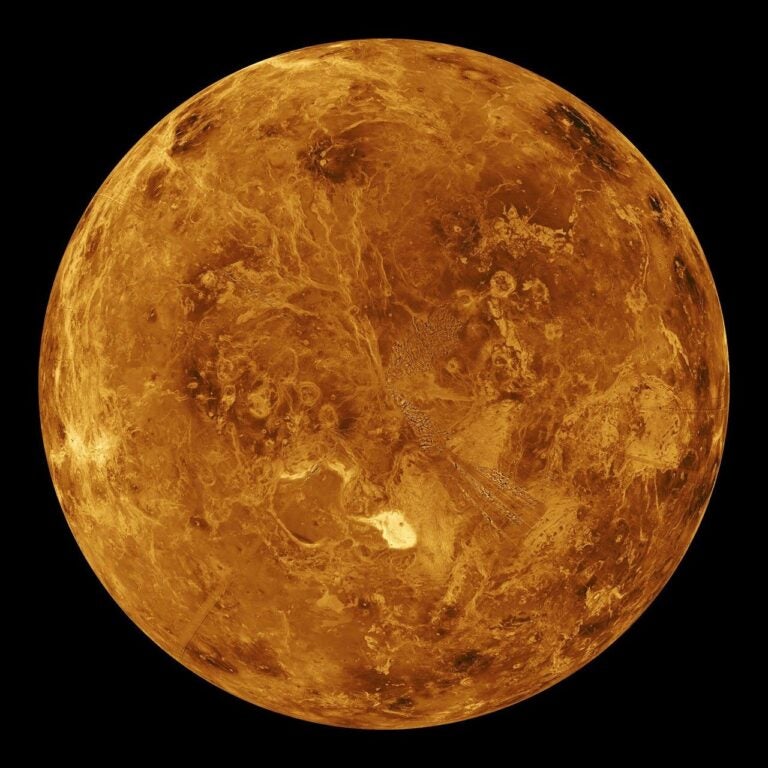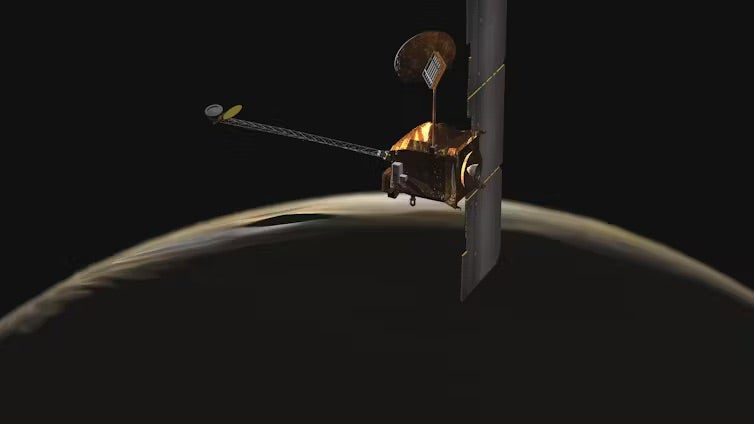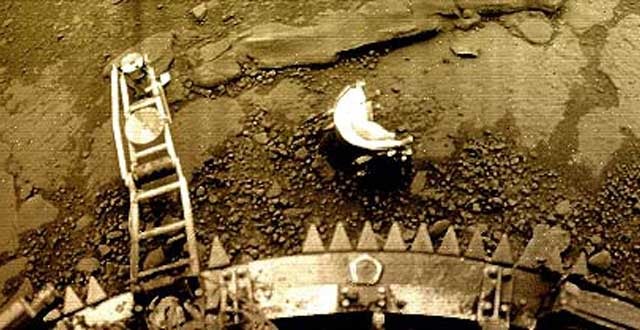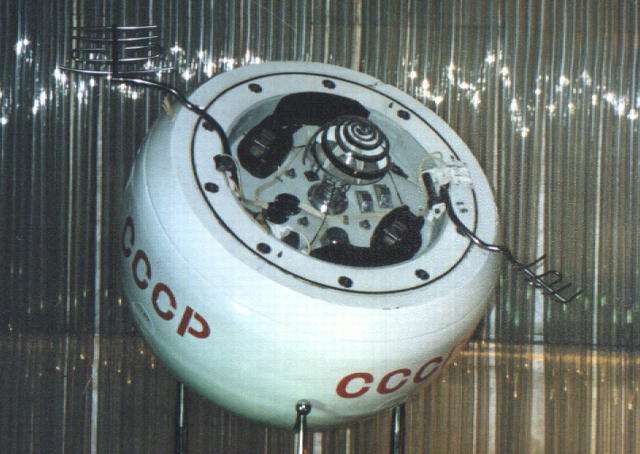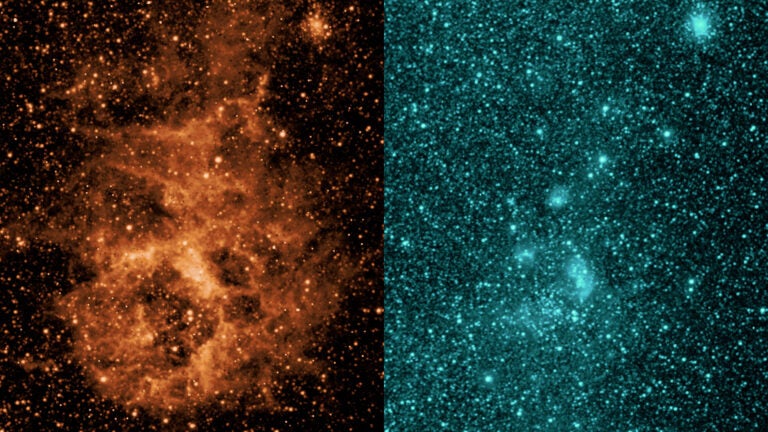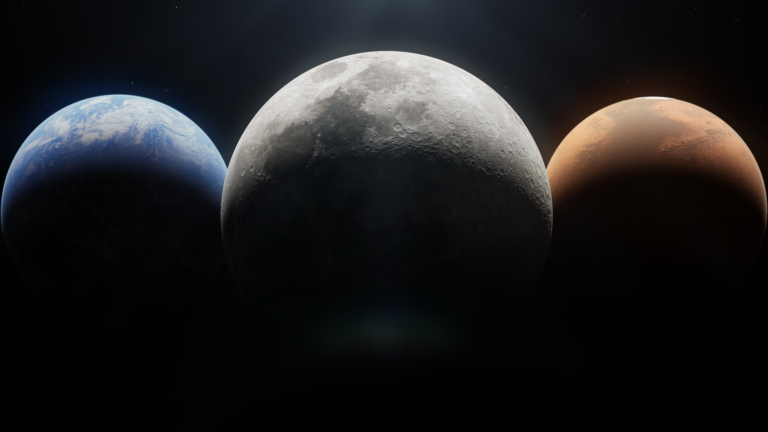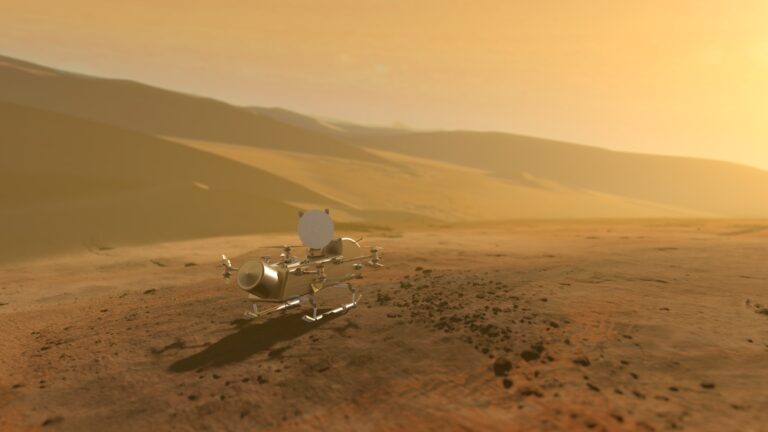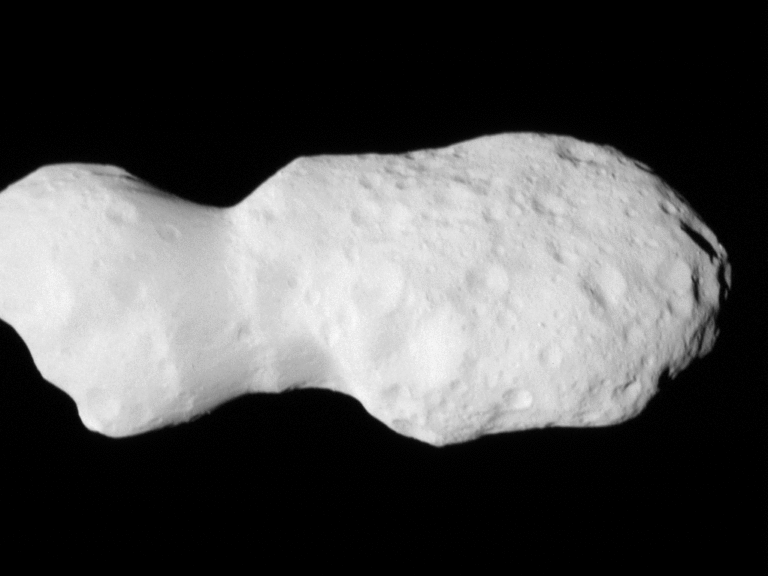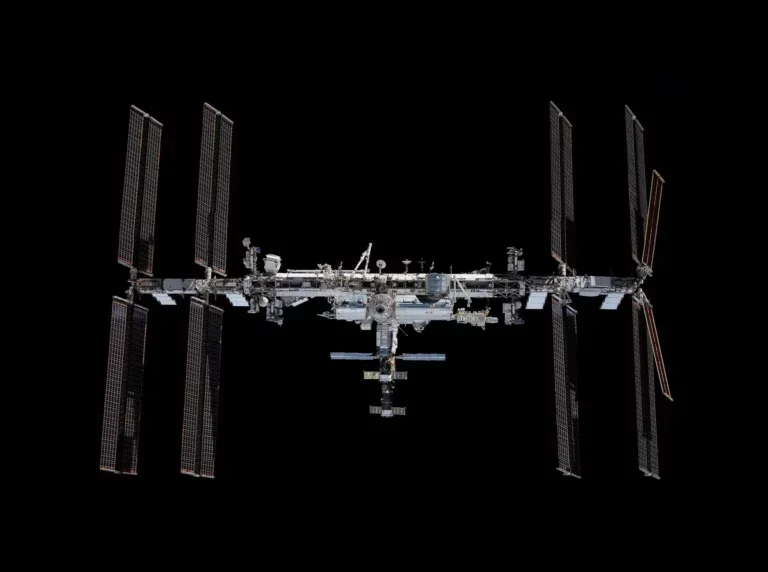It’s been a busy few days at NASA. This week, the agency announced the Biden administration’s fiscal year 2023 budget request, which includes everything from the Artemis Moon missions to climate change monitoring. Now, personnel at the Kennedy Space Center are just hours away from beginning a wet dress rehearsal of the massive Space Launch System rocket. The rehearsal’s outcome will help dictate when Artemis 1 launches.
More money, more science
The budget request for $26 billion is historic. In this week’s annual State of the Agency address, NASA administrator Bill Nelson noted it is an 8 percent jump from fiscal year 2022’s actual appropriations — what he called “a significant increase over last year’s budget.”
And, he said, “It’s the largest request for science in NASA history.” Casey Dreier, chief advocate and senior space policy advisor with the nonprofit and nonpartisan group The Planetary Society, tells Astronomy that NASA is asking for nearly $8 billion for science — a 5 percent increase from 2022’s spending. Dreier calls the budget request “overall pretty good,” noting that the science budget includes a major commitment to Mars exploration. Indeed, a quarter of the request for next year’s science budget is devoted, he notes, to a Mars sample return mission.
Closer to home, NASA is asking for $2.4 billion for climate change research and Earth observation, including an orbiting mission control for Earth sciences. “We’re seeing important increases to Earth sciences,” Dreier says.
Other budget highlights include:
* Nearly $7.5 billion for Artemis, which includes asking Congress (again) for full funding of a second human lander beyond the planned Starship from SpaceX. The second lander request is for nearly $1.5 billion. The planned lunar space station Gateway gets nearly $800 million. Space suit development funding is also up, while the budget plans modest decreases in support for the Space Launch System and the Orion crew vehicle.
* $224 million for commercial low Earth orbit space stations. For now, the U.S. commitment to the International Space Station is through 2030, while Russia is committed only to 2024. (Nelson did seem to go out of his way in his address to emphasize safe and professional relationships are ongoing at the ISS.) This section of the request is a whopping 90 percent increase from last year’s appropriations.
* Nearly half a billion dollars for robotic missions to the Moon.
* A continued commitment to Europa Clipper, which, at $5 billion, is the most costly mission ever to an outer planet.
That mission’s cost, along with flexibility of a launch window, is why the budget request includes a delay of two years for launching the asteroid-hunting NEO Surveyor mission, Dreier suggests. Surveyor is now slated to launch no earlier than 2028. Science Directorate Deputy Associate Administrator Sandra Connelly pointed to ground-based surveys as “mitigating” the delay and said in a statement that the delay is a trade-off with “other higher-priority missions that we’re implementing.”
Dreier notes that this budget is so far just a request. While the budget plan helps with inflationary pressures, Congress controls the purse strings and, with midterms looming, it’s possible no action will occur on the request for several months. A continuing resolution, which funds the agency at existing levels, may be necessary until actual work on the FY23 budget takes places later this year or even early next year.
Practice launch
Meanwhile, at 5 P.M. EDT tomorrow, NASA begins its wet dress rehearsal (WDR) to test launch readiness of its mega Moon rocket, the oft-delayed and overbudget Space Launch System. The process begins with a call to stations, which sees the arrival of required personnel to the Kennedy Space Center’s Launch Control Center. The wet dress rehearsal will then proceed over the weekend, likely ending Sunday afternoon. There’s a chance of delay if the forecast for some stormy weather holds out.
Unlike a real countdown, this one won’t feature a lot of audio. NASA is concerned that offering real-time details of fueling the vehicle and monitoring telemetry could provide other nations an unwelcome glimpse into the details of how to launch what is essentially still a ballistic missile. Coverage on NASA TV will include highlights at the test proceeds, however.
Charlie Blackwell-Thompson, launch director at the Kennedy Space Center, explained in a press release that the WDR includes fueling the rocket, configuring communications, moving launch pad equipment, monitoring the SLS and Orion, and putting NASA personnel through the paces of a countdown.
“It’s like watching a ballet,” said Tom Whitmeyer, deputy associate administrator for Explorations Systems Development.
There are planned holds in the simulated countdown but in the end, the sequence will wind down with just about 10 seconds to go. Once completed, the fuel will be detanked, the rocket rolled back to the Vehicle Assembly Building to be inspected, and data reviewed.
Soon after the completion of the WDR and evaluation of the vehicle’s condition, as well as data gathering during the simulated launch, NASA will have a clearer idea of the likely launch window for Artemis 1. Speculation suggests it will likely be in June or July.
NASA’s budget request embraces a slower pace for lunar landings and settlement than originally touted when Artemis was announced. After Artemis 1, the crewed flyby mission Artemis 2 is slated for 2024 — as is an uncrewed landing of SpaceX’s Starship — while the crewed landing of Artemis 3 is set for 2025. Another landing won’t occur for three more years. In the meantime, however, the Gateway space station will get underway, and then four Moon landings are planned from 2028 to 2031.
Editor’s note: An earlier version of this article incorrectly stated that Artemis 2 would be an orbital mission.

